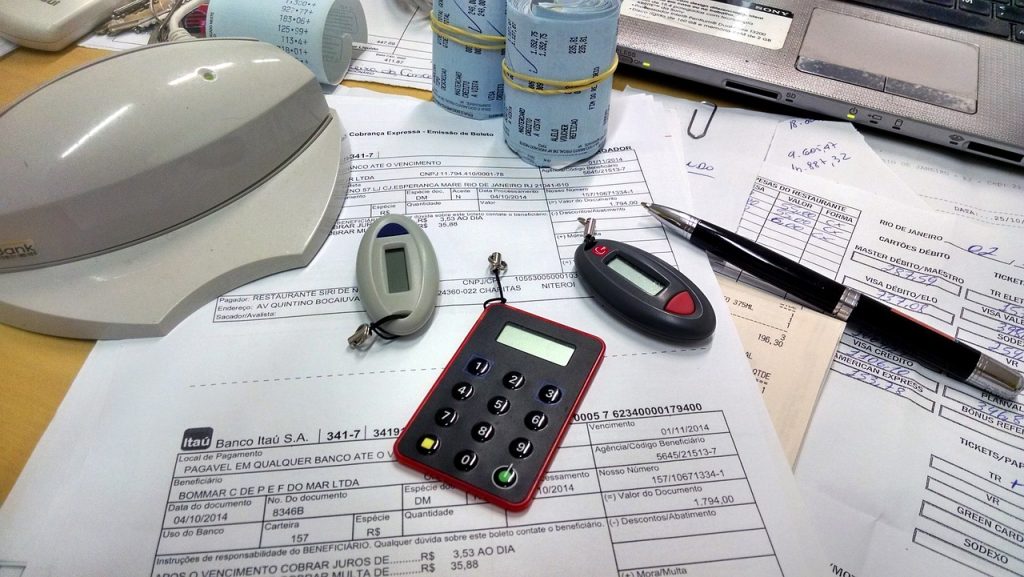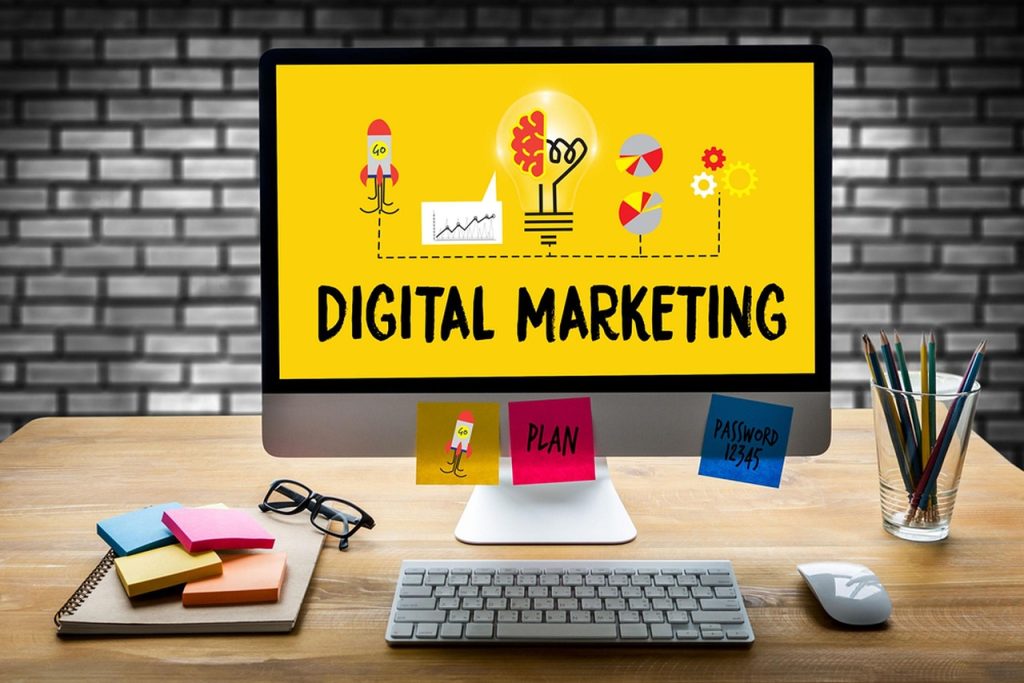
Equipment Financing Vs Leasing: What’s the Difference?
For many small business owners, having up-to-date equipment is crucial to the success of the company. Whether you operate a restaurant, run a construction company, or own a landscaping business (the list goes on), the basic procedures all depend on having equipment that is dependable.
The importance of equipment
Eventually the day will come that the stove will burn out, the cement mixer will have its last round, or the riding lawn mower will call it quits. What do you do then?
Buying equipment can put a lot of pressure on your wallet, so you’ll want to make sure you go about it the smart way. At some point, you’ll be faced with the question of equipment financing vs leasing. While buying new or used equipment has its benefits, equipment leasing has its own advantages.
Before choosing equipment lending or equipment leasing, it’s important to ask some basic questions:
- How do equipment loans works?
- How does equipment leasing work?
- When is it right to buy equipment?
- Where should you search for equipment lending?
Keep reading to get the answers to all of those ‘equipment financing vs leasing’ questions, and more…
Of course, the type of business will affect the kind of industry loans a business needs, as well as the specific circumstances that business finds itself in. Be sure to weigh your options carefully in order to choose the right funding solution for your business.
What is equipment financing?
Before we can compare and contrast the two business equipment solutions, let’s have a brief introduction to the question ‘what is equipment financing’.
Equipment financing is broadly defined as “any method of extending capital to businesses for the purpose of acquiring equipment”. While the types of equipment financing available will vary far and wide, a few of the more popular equipment financing options include SBA loans, secured business loans, unsecured business loans, business lines of credit, business credit cards, and so on.
What can equipment financing be used for?
While the definition of equipment financing indicates that it’s used for acquiring equipment, that’s a fairly general explanation.
Here are examples of how to use equipment funding:
- Trucking equipment loans – expand your fleet of trucks
- Construction equipment financing – anything from heavy machinery to handheld power tools
- Restaurant equipment funding – deep freezers, ovens, food processors, mixers, etc
- High-tech companies – computers, software, air-con (to keep hardware from overheating
- Agriculture – tractors, plows, combines, irrigation systems, etc.
This is only a drop in the sea when it comes to ways to use equipment funding – the list reaches as far as your imagination. If there’s something you want (or need) to buy for your business, chances are you can use equipment financing to help you cover the costs.
Now that you have a clearer understanding of what equipment financing is in general, it’s time we address the question “what is equipment leasing?”
What’s the difference between equipment lending and equipment leasing?
One of the top questions you might be looking to answer is “what is the difference between equipment lending and equipment leasing?” Many business owners also ask “what is the difference between equipment financing and equipment leasing?” So let’s clear this up once and for all – equipment leasing is a type of equipment financing.
The real distinction that most people are making is between equipment loans and equipment leasing.
What is equipment financing?
Equipment loans are defined as a sum of money borrowed for the purpose of acquiring equipment to help your business grow. Repayments are made at regular intervals until the entire amount is paid off, at which point you then own the equipment.
Since they’re often unsecured, much of the time equipment loans don’t require you to provide any collateral up front to be approved. Instead, the equipment itself acts as the collateral – so if you take an equipment loan, purchase a piece of equipment, and then fail to repay the lender, then the equipment you purchased may be seized by the loan provider.
What is equipment leasing?
Equipment leasing is a completely different breed of equipment financing. As opposed to borrowing a sum of money that is used to buy a piece of equipment, equipment leasing is essentially an agreement to rent the equipment.
That means regularly scheduled payments that, unlike equipment loans, don’t contribute to your eventual ownership of the equipment. A lender buys the equipment and then rents it out to you, and oftentimes will allow you to purchase the equipment at its market value when the lease ends.
There are two types of equipment leasing:
- Capital leasing – also known as a finance lease, this more similar to a loan. Payments for a capital lease are listed on a business’s balance sheet, meaning depreciation and interest are claimed by the lessee. Additionally, the equipment may be transferred to the lessee when the lease ends.
- Operating leasing – this type of leasing is more similar to a rental agreement. Payments are listed under operating expenses and included in a profit and loss statement. Additionally, the equipment remains property of the lessor.
To boil ‘equipment financing vs leasing’ down to plain English:
- Equipment loans mean you’re buying the equipment
- Equipment leasing means you’re renting the equipment
The pros & cons of equipment financing vs leasing
In a nutshell:
|
Equipment Loans |
Equipment Leasing |
|
|
Pros |
|
|
|
Cons |
|
|
The pros & cons of equipment loans
When it comes to equipment loans, there are upsides and downsides. Let’s explore the pros and cons of equipment loans here.
Pros of equipment loans
- No collateral required – you won’t need to provide any existing personal or business assets, since the equipment acts as its own collateral.
- Easy to qualify – since they are self-secured, equipment loans are generally easier to qualify for when compared to other business loans.
- Minimize time to obtain equipment – as opposed to waiting until you save up enough money to purchase a piece of equipment up-front, spread the cost over an extended period.
Cons of equipment loans
- May require down payment – in many cases the lender won’t provide 100% of the requested amount, which means you’ll need to cover the difference out of pocket.
- High APR – as with other types of loans, there is an interest rate that applies to your repayment; rates can range from 5% to upwards of 25%, depending on the loan amount, the size of your down payment, your credit history, business age, revenue, etc.
- Equipment gets outdated – while owning a piece of equipment offers peace of mind from one perspective, from another point of view you’re tying yourself to an item that inevitably will be replaced by a newer model.
The pros & cons of equipment leasing
Equipment leasing has its own advantages and disadvantages. Below, we dig into the pros and cons of equipment leasing.
Pros of equipment leasing
- No down payment – unlike equipment loans, equipment leasing rarely requires a down payment (and almost never requires collateral), which saves you a lot on the initial cost.
- Keep equipment up to date – probably the biggest advantage to equipment leasing is that you can return/exchange equipment for upgraded models as time goes on; you’re not buying, so you’re not stuck with old equipment.
- Less strict terms – with equipment leasing you get the benefit of choosing whether to continue leasing the same equipment, return the equipment, or replace it. You also generally have the option to purchase the equipment if you decide you want to keep it permanently.
Cons of equipment leasing
- More costly in the long term – while the leasing agency might not point it out explicitly the way that loan providers do, you will be paying interest when you lease equipment. There always exists the chance that you may wind up paying more over the term of the lease than you would if you bought the equipment up-front.
- No ownership – plain and simple, leasing is renting. Lease payments don’t lead to your eventual ownership the way that loan payments do.
- Early termination fees – regardless of why you may want to cancel the lease before the end of the contract period, there will be a fee associated

Which is right for your business?
With all of the advantages and disadvantages of equipment lending and equipment leasing laid out for you, it’s time to discuss which is the right choice for your business.
Equipment financing vs leasing – one of the puzzles that small business owners are often faced with. It’s a puzzle that usually doesn’t have a clear and simple answer, but is nonetheless crucial to solve if a business wants to continue operating at full capacity.
Making the right decision requires a hard look at your business’s financial health, the reasons for obtaining the equipment financing, the equipment’s market value, the projected lifespan of the equipment, and so on. Below we provide a couple of quick pointers to help make the choice easier.
Equipment loans are ideal for purchasing business equipment that you intend on keeping for a long time. They’re also recommended if your company can afford to make a sizable down payment, which usually will mean you’ll be offered lower interest rates.
Equipment leasing is recommended if you only need the piece of equipment for a limited period of time, and if your company is not in the financial position to make a down payment. This way, you can save yourself unnecessary costs and the inconvenience of being stuck with an obsolete piece of equipment.
How to apply for equipment financing
Become makes the process of applying for equipment financing an absolute breeze. No longer do you need to spend days (if not weeks) traveling and communicating back and forth with banks.
With cutting-edge algorithms, Become is able to quicken and simplify equipment loan applications. You may be able to get funded in as little as 3 hours – welcome to the future of equipment financing!
Step-by-step guide for applying for equipment financing:
- Choose your desired loan amount and select ‘Get Loan Offer’
- Fill in the requested information (including time in the industry, revenue, business, etc.)
- Submit your business’s checking account information for analysis
- Wait for offers. You can also review your status by clicking ‘Access Your Loan Application’
- Review the offers and select your preferred lender
- Receive the funds to your business checking account
- Review your tailored LendingScore™ dashboard to improve your funding options
- If your LendingScore™ is insufficient, follow the personalized plan to improve (8-12 weeks to unlock funding)
Closing thoughts
We hope that by now you’ve gotten a firmer grasp on the whole ‘equipment loans vs leasing’ debate. While there isn’t a universal one-size-fits-all answer for which will fit your business better, the information provided above should serve to make the decision process easier.
We answered the questions:
- How do equipment loans works?
- How does equipment leasing work?
- When is it right to buy equipment?
- Where should you search for equipment lending?
Do your due diligence on the specific details of the equipment you’re looking to obtain, the interest rates available, as well as your business’s financial health.
If you feel that there are any questions regarding equipment financing that were left unanswered, feel free to comment below.
Good luck!





